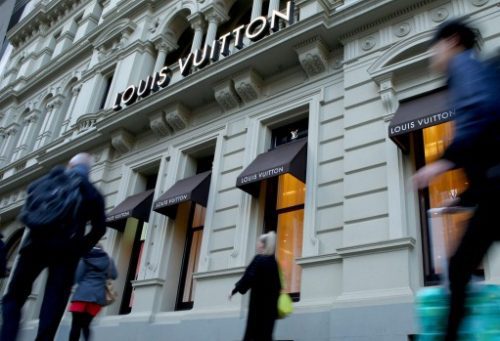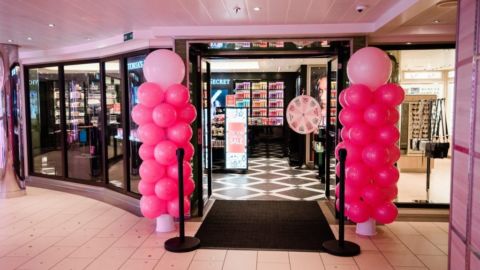Department stores’ woes have captured the headlines, but unfortunately they’re not the only ones on the sea of troubles. The worldwide luxury market is projected to grow only 1% to 2% in 2017, and in the Americas — the largest global market for personal luxury goods — sales actually shrank 3% in 2016, according to a report from Bain & Co.
By comparison, from 1994 to 2007, 87% of personal luxury goods companies showed growth, with half posting growth rates greater than 10%. Less than half of these companies were projected to grow from 2015 to 2016, with just 14% showing double-digit growth.
The poor luxury market already has claimed victims in 2017: the CEOs of Tiffany & Co. and Ralph Lauren both stepped down from their posts, with the latter brand posting a 12% decrease in Q3 revenue. And Michael Kors saw a 3.2% decrease in revenue for the quarter, marked by a 6.9% dip in comparable sales and a 23% decline in licensing revenue.
Luxury Needs To Close The E-Commerce Gap
As consumers continue to take their shopping journey online or to more affordable brands, luxury retailers need to stop seeing themselves as being above the digital fray. While the online luxury goods market grew 13% in 2016, this was the lowest market share growth since 2008, according to the Bain & Co. report. Online still accounts for just 8% of the total luxury market’s revenue, which is less than half the rate of the general apparel and accessories categories.
The participation rate online remains low in this sector. Up to 40% of luxury goods and service marketers currently are not selling over the Internet, according to data from the Luxury Daily report, titled: The State of Luxury 2017.
Market To Millennials, Maintain Brand Identities
In addition to expanding their sales channels, luxury retailers need to acknowledge Millennials’ buying power with their marketing and advertising. Tiffany aired its first ever Super Bowl ad featuring Lady Gaga in the hours after its CEO stepped down, so it appears one brand is already going outside its traditional comfort zone to drive consumers back to the stores.
Brands such as Michael Kors and Coach are taking short-term licensing losses by limiting sales of their products within department stores. While these moves undoubtedly shake up bottom-line financial results, likely giving shareholders more to fret over, the long game at least shows a commitment to the brand and the product mix. As department stores continue to falter, luxury brands can no longer bog themselves down in environments that could diminish the brand name without contributing enough foot traffic to make up for it.
Additionally, these luxury brands can’t continue to force themselves to operate with markdowns; rather, they must use them strategically to reduce possible sales cannibalization.
Until these companies make efforts to shore up their e-Commerce experiences, cater to a younger, tech-savvy audience and reestablish their pricing strategies, luxury brands are going to have difficulty navigating today’s slow-growth economy and competitive environment.













